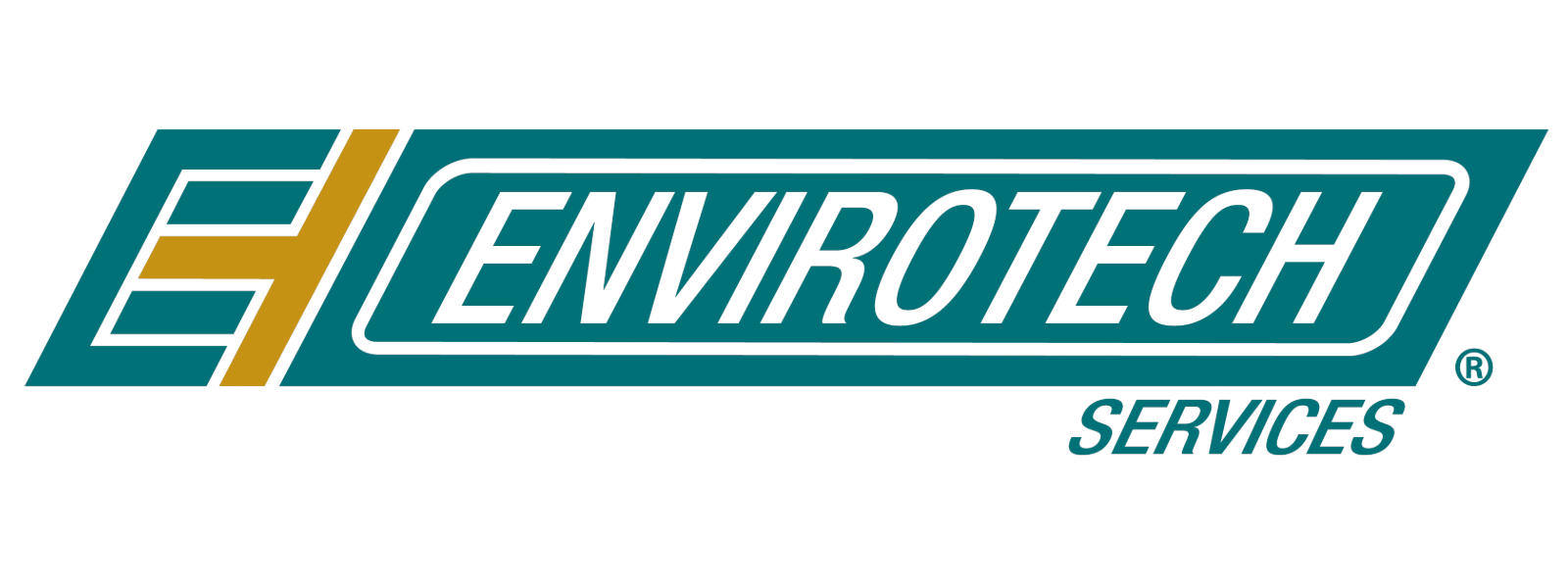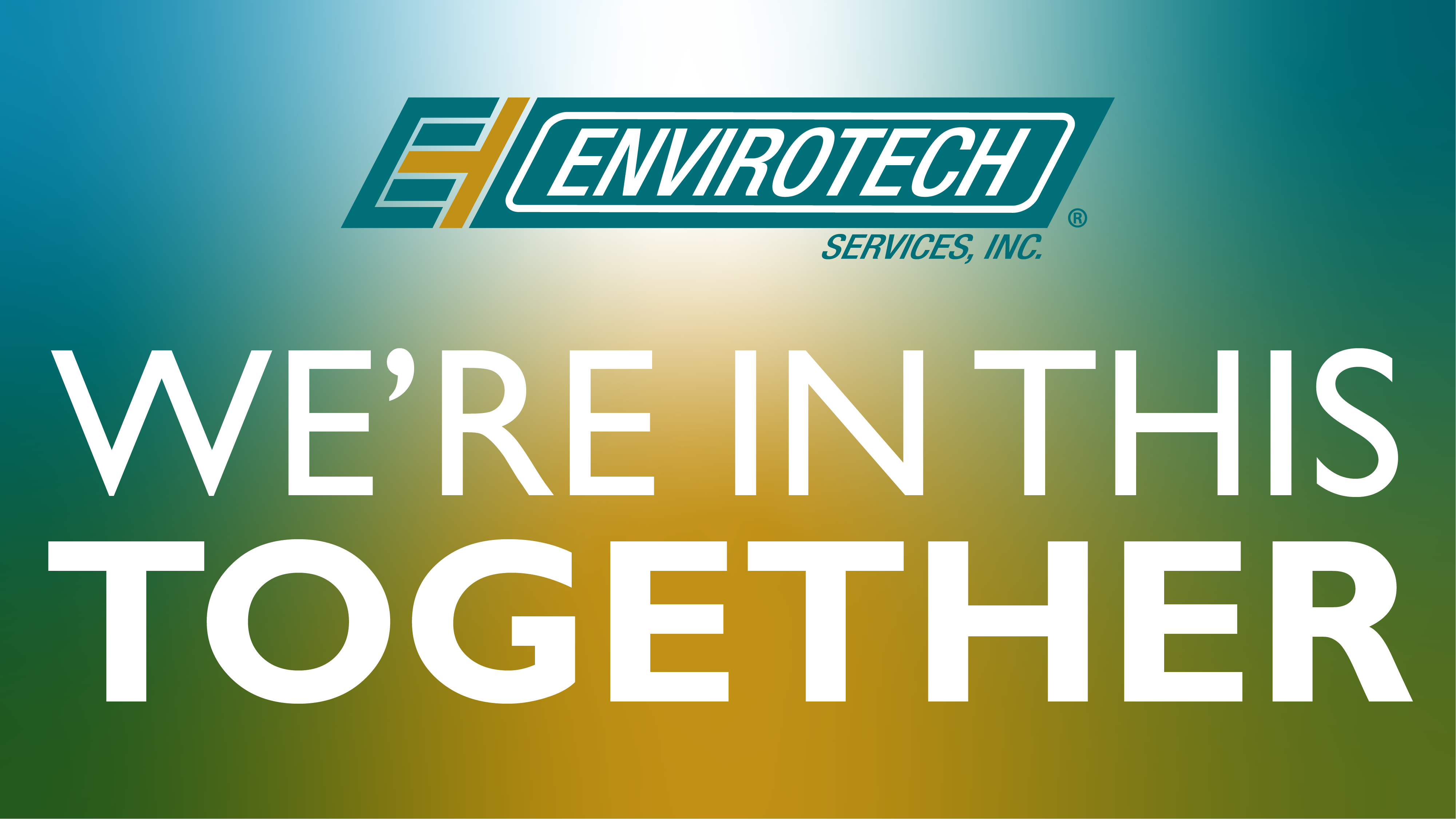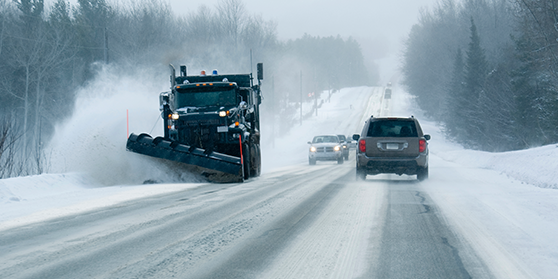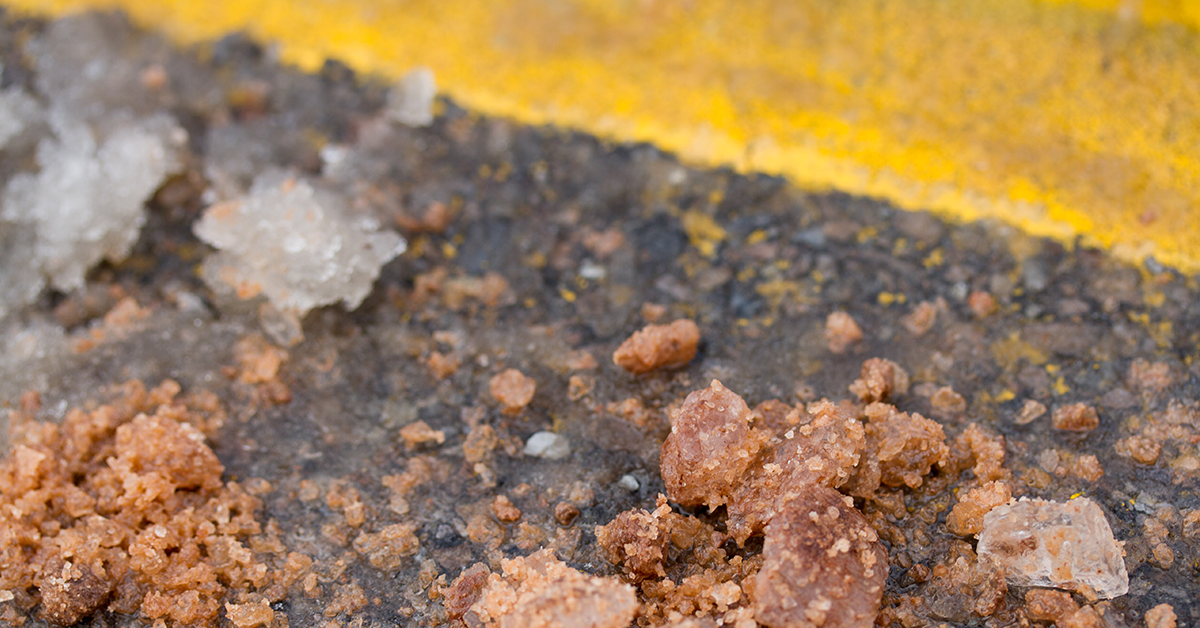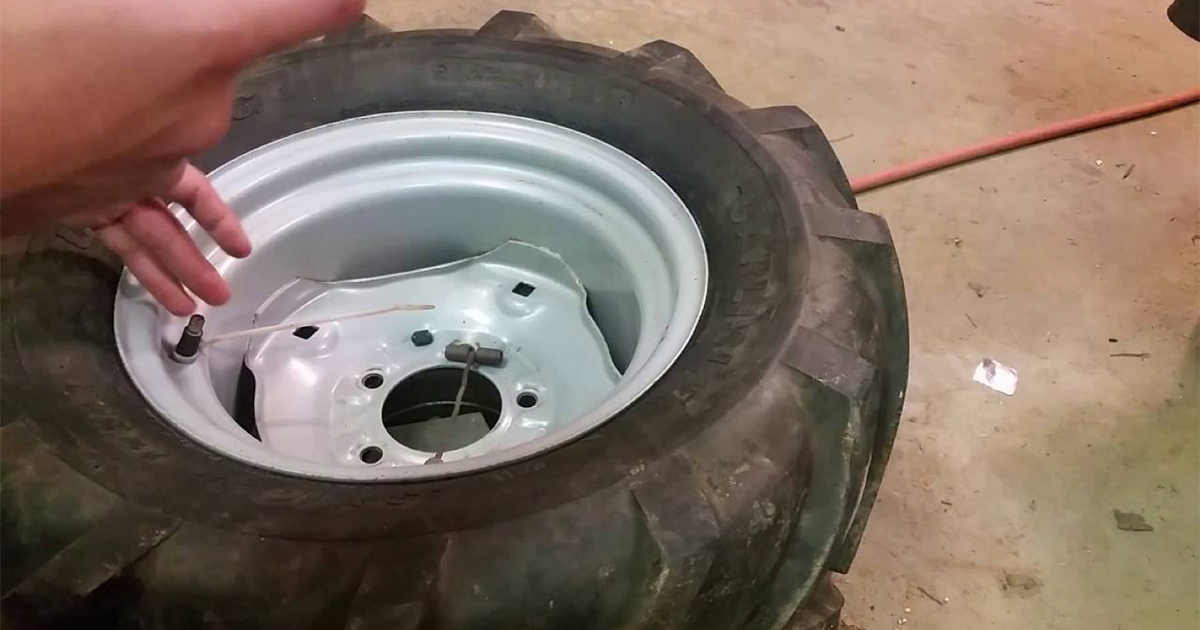Over the past decade, water shortages have been devastating to a multitude of areas throughout the world. The Colorado River provides water to more than 30 million people spanning from Denver to Los Angeles, and the Lake Powell and Lake Mead Basins are in a 20 year drought. Our use of water in the region and our actions impact the basin. Furthermore, the Colorado River is experiencing a phenomenon known as the albedo effect; previously, snow and ice reflected sunlight away from the Earth’s surface, but the loss of snow and ice is causing the river to absorb more of the sun’s energy thus increasing water lost through evaporation. The disappearance of snow and ice is due to increased emissions primarily caused by agricultural practices. A study conducted by US Geological Survey scientists, Chris Milly and Krista A. Dunne, predicts that if emissions stay at this rate, the river’s discharge could shrink by up to 31% by the middle of the century.
